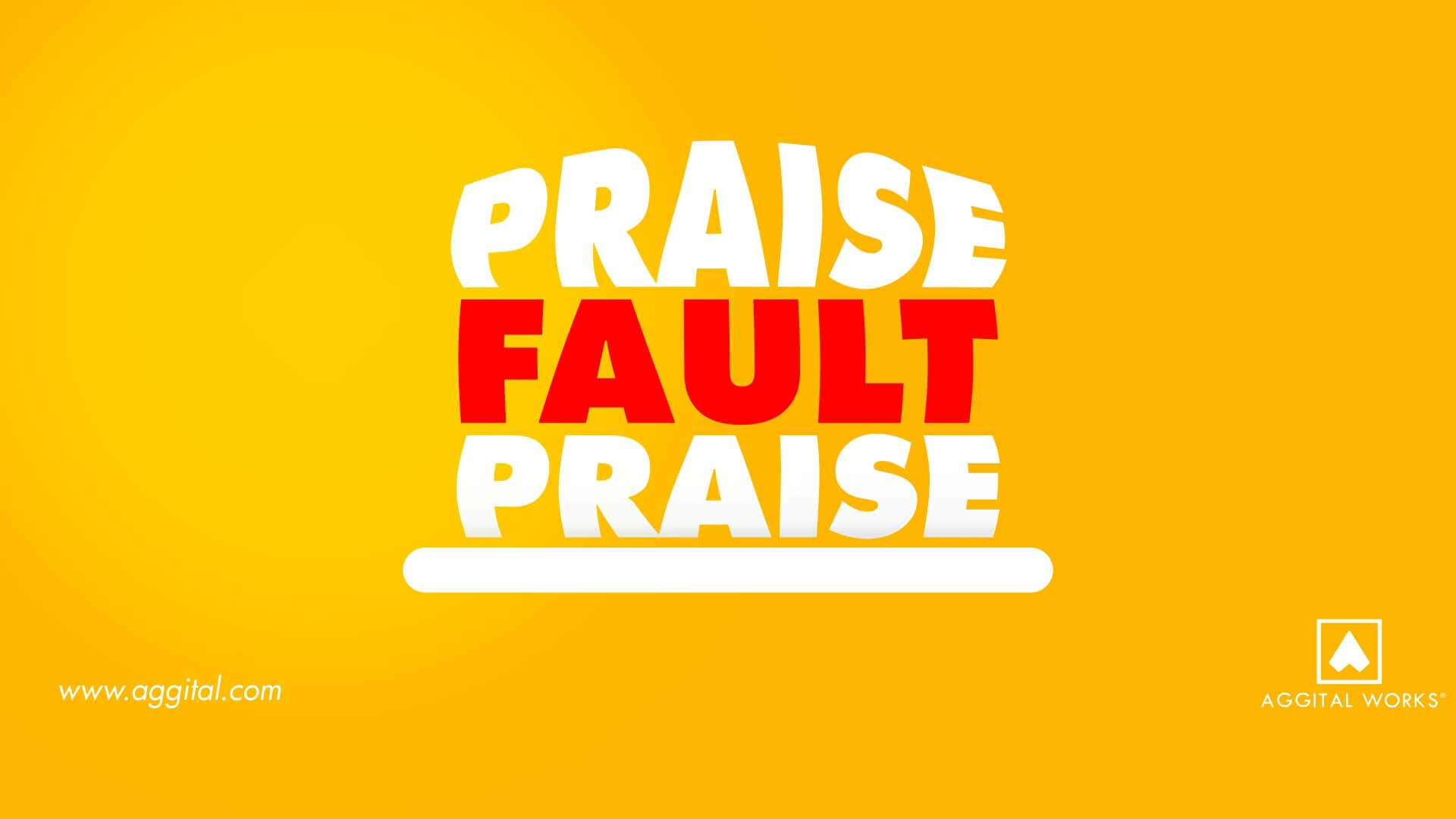The Sandwich Approach: How Helpful Is It?

You may have noticed how some people take really bitter drugs, or even how you take them; some wrap it up in between a large Mars chocolate bar or any other sweet stuff they don’t have to chew. The bottom line is, some of us can’t take our medicine unless it is coated in a sweetener.
The generally recognized recipe of the sandwich approach or the feedback approach is to start by praising something about whom you are addressing (positive feedback), followed by pointing out the flaws or aspects that need improvement (negative feedback) and then covering it all up with another friendly message (positive feedback). The end result is a grand piece of criticism wedged between two sauced compliments.
For instance, the sandwich approach for feedback could look like this:
“Teniola, I love what you did with the annual office party two nights ago, it was well organized and the food was surprisingly enough as well as the souvenirs. As great as the whole thing played out, Teni, I don’t feel that the clean-up went well. The whole place was a mess when I last checked and the manager was really bitter. If we don’t leave the place clean just as we met it, we may not get a chance to use it next year. However, the party was really great and I haven’t stopped receiving ‘awesome party last night’ calls. With you in charge, I know the next one would be way better. Great job Teni!”

I’m pretty sure you recognize this style. It’s actually good but not so good if you really want to improve on what you do. The idea is to make the receiver know that you’re on his or her side and you’re not there for just the attack.
Well, psychologists have pointed out that people are different. Most people are very thin-skinned and get easily upset when it comes to receiving criticism. On the other hand, you can’t help but use harsh words on some errant colleagues or employees.
However, people on the receiving end sometimes refer to this approach in an unappealing way as “shit-sandwich”. It is shitty in the sense that you really don’t want to sound like a jerk when giving constructive criticism but at the same time, you bury the point while trying so hard to spare the feelings.
For novices, beginners or individuals new to a particular field, this approach could meet them well and they get all excited because of the compliment. After serving such people with a bowl of delicious sandwich, they walk away with a smile on their face, savouring the taste of the two compliments.
Looking the other way, employees actually see right through it. Hence, they listen to what you have to say, and calmly wait for you to drop the bomb. Yes, they know a bomb is coming, and it’s just been dipped in some hot delicious soup.
You shouldn’t assume that the sandwich approach appeals to everyone. Professional workers appreciate accurate “negative” feedback about their work and achievements because they want to learn and improve. Also, those with greater expertise are already committed to the venture and feel that negative feedback is more relatable to their progress.

The sandwich approach is disliked because they feel that valuable feedback doesn’t need to be offered between two insincere compliments as if they were little babies that can’t take a blow.
So, if the kindness in your delivery is muddling up your whole point, why not just drop your message like it’s hot? The medicine in the middle would have no effect and ends up going unnoticed.
It’s like giving Teni a pat on his back, followed by a hard punch on his crotch, then another pat on the back. How do you think he would feel? It sounds like a waste of time if you have to talk for a while and all the receiver hears and keeps is “Great job Teni!”
Well, the sandwich approach could be great but you could get way better plus quick result if you’re straight forward. Note that certain times, when the criticism is being buried by so much unrelated praise, your point becomes transparent and difficult to comprehend.
It’s a great meal, but not the best meal and shouldn’t be the only option on your menu.
What do you think of the approach and does it work for you?



Comment (01)